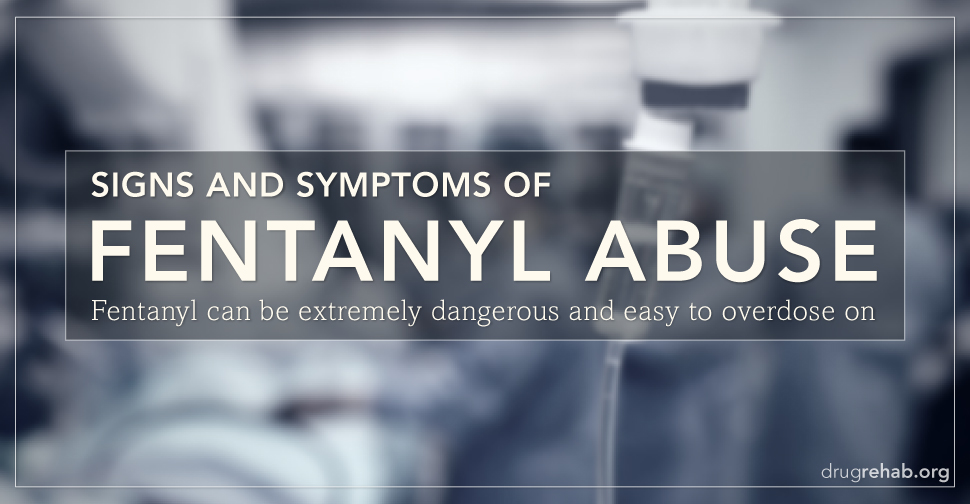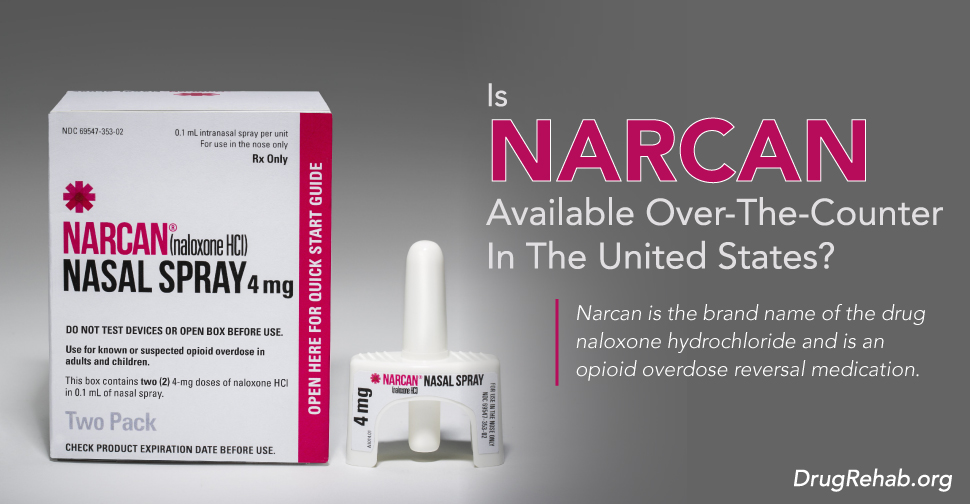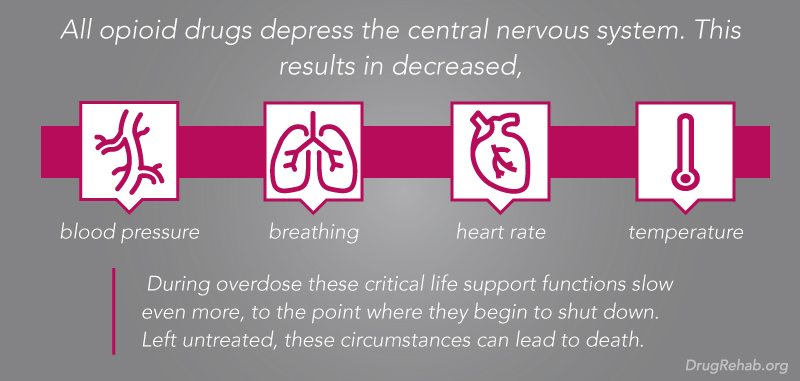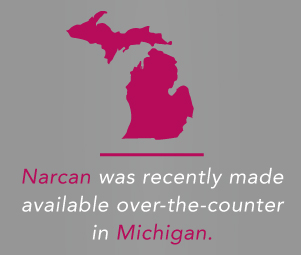
The most potent opioids in the United States include carfentanil, fentanyl, heroin, hydrocodone, hydromorphone, morphine, oxycodone, oxymorphone, and a new deadly opioid combination drug called Gray Death. While most opioids are prescribed for pain relief, and contain addictive properties, some opioids are more potent than others.
It can be helpful to know which of these are the most dangerous, on the market and on the street, especially if you suspect someone close to you may be abusing these medications. Some opioids are harmful even to the touch, and taking repeated or large doses of them can result in dangerously slowed breathing, which can lead to overdose or coma.

Others may have fatal results after just one dose, particularly combination opioids. That’s why it’s so important to recognize these medications, their severity, and seek help as needed.
With street drugs, there is never a guarantee for what kind of drug you’re getting or the dosage. It’s best to get out of the vicious, harmful cycle of addiction before you experience damaging effects to your health or worse.
Potent Opioids By Name:
The following are the most potent opioids in the United States, followed by a description of each. When a drug is “potent” it is medicinally effective or has a great ability to bring about a certain result, according to the Merriam-Webster dictionary.
Carfentanil
Carfentanil is an opioid analogue of fentanyl, and is “one of the most potent opioids known” according to the U.S. National Library Of Medicine. Its potency level is 10,000 times that of morphine, and 100 times that of fentanyl. Carfentanil is typically used for tranquilizing large animals, including elephants.
Combination Opioid: Gray Death
Opioid combinations tend to be more potent than singular opioids. Gray Death is a current popular and deadly combination in use right now. As Forbes explains, Gray Death “looks like concrete and is so potent that it can be risky to touch and can kill you with one dose.” It contains fentanyl, heroin, carfentanil, and U-47700, a synthetic opioid commonly called Pink—all highly potent opioids.
Fentanyl
Fentanyl is the most potent opioid used in hospitals or by doctors, according to CNN. However, much of fentanyl sold on the street is diverted from other countries, and that’s how it can become dangerous. People buying the drug may have no idea that they’re buying fentanyl and take too much without being under care of a doctor. Even a small amount of fentanyl can be lethal, as the drug can be accidentally inhaled or absorbed through the skin on contact.
Heroin
Heroin affects the brain in a way similar to prescription opioids, causing euphoria, a sense of well-being, and slowing of certain functions. Why is it potent, then? Repeated heroin abuse can cause an excess of the substance in your body, which contributes to overdose. Also, heroin may be laced with additives such as sugar or starch, or with other substances. These can clog the blood vessels that lead to other organs and create permanent damage. Heroin should always be considered potent for the simple fact that there is no guarantee of what’s in it.
Hydrocodone
Hydrocodone is potent enough that it’s prescribed for patients who will need relief from pain round-the-clock for a long time. Drug label warnings for this medication strongly advise against breaking or crushing the pill, or taking it any other way than prescribed—as this can cause overdose and death. Just taking hydrocodone as prescribed can slow or stop breathing, so abuse of it is dangerous.
Hydromorphone (Dilaudid)
Hydromorphone is more potent than morphine, but not as potent as fentanyl. It’s another opioid that is potent even to the touch. As for the effects of it, the drug can cause withdrawal even with monitored use, and can cause fatal overdose when in the wrong hands.
Morphine (Kadian, Morphabond)
With so many potent opioids out there, morphine may be considered mild in the minds of some. But it’s not to be underestimated, as it can still cause addiction, dependency, and even overdose when taken in high doses. Morphine presents even higher risk of overdose when combined with other substances, like alcohol.
Oxycodone (Oxycontin)
Oxycodone is two times as powerful as morphine, and like most opioids can cause respiratory distress. In the last couple decades, abuse of Oxycodone became quite popular as prescription rates increased. Yet abuse of this medication can be dangerous; it’s typically used for postoperative pain relief.
Oxymorphone (Opana)
Oxymorphone is often used to treat those with terminal cancer or chronic, severe pain issues. Because of this, the level of potency of the drug is high, about twice that of Oxycodone. People taking the drug as directed are advised to not stop taking it without help from a doctor. Abuse of Oxymorphone is far more risky as dosage is not regulated.
Why Are Opioids Addictive?
Opioids are addictive partly because the drugs contain chemical properties that change your perception of pain and your response to pleasure. They’re also addictive because when you take them, you experience an immediate rush of pleasurable feelings: euphoria, well-being, and calm.
This rush happens within the first few minutes, and is followed by a short-term “high,” or extended period of pleasurable feelings with minor side effects like drowsiness or slowed breathing. It’s the rush and subsequent high that gets you, makes you want to keep coming back to opioids even if you aren’t aware of it at first.
With time, you lose control; you can no longer recognize the difference between use and abuse, and will do nearly anything to seek the drug. Once you become addicted, you may form a physical dependence on the drugs, which means you’ll have withdrawal symptoms when not taking them. Withdrawal, while not always life-threatening, can be uncomfortable to the point that you want to avoid it, and so keep abusing the drugs.
Who Is Abusing Opioids In The United States?
If you’re caught in this cycle of opioid addiction, you aren’t the only one. The American Society Of Addiction Medicine (ASAM) states that, in 2015, “2 million [people] had a substance use disorder involving prescription pain relievers and 591,000 had a substance use disorder involving heroin.”
Yet few people addicted to opioids ever receive help in treatment, and that is why overdose happens more and more. Plus, if you’ve been addicted to one opioid, it’s quite likely you’ll become addicted to another if you don’t find help. The ASAM estimates that four out of five people who first abused prescription drugs later became addicted to heroin.

The number of people addicted to opioids includes youth as young as 12 years of age, though adults in the age group of 18 to 25 abuse these drugs most. Women are particularly affected by prescription opioid abuse, as they are more likely to have chronic pain, seek medication for it, receive opioid medications, and fall into abuse of them.
What Can Be Done For Opioid Addiction?
So, what can we do to reverse the harm of opioid addiction? More all the time, new treatment modalities are developed and backed by evidence to support effective outcomes. Some of the evidence-based methods we employ at our facilities include:
- Counseling: family, group, and individual
- Psychosocial therapy: Cognitive Behavioral Therapy (CBT), Dialectical Behavioral Therapy (DBT), and Motivational Interviewing
- Adventure therapy
- Wilderness therapy
- Treatment specific to men
- Treatment specific to women
- Medication-assisted therapy
- Medically-supervised detoxification
- Nutritional guidance and exercise support
- Mindfulness and stress management techniques
- Aftercare support
In addition to great treatment methods, people struggling with opioid addiction will benefit from the excellent care, peaceful surroundings, and serene landscapes often found at private rehabs. At DrugRehab.org, we have access to all the resources you’ll need to find a rehab that is right for you, and that works to build a treatment program that best fits your individual needs.
Find Hope In Treatment Today
Are you battling abuse of one of the most potent opioids in the United States? If you are, you don’t have to fight alone. We’d like to help you overcome addiction, and rebuild your life.
When you call today, your information will be kept confidential. Learn more about opioid treatment and the best rehab centers today. Contact us at DrugRehab.org.
For More Information Related to “What Are The Most Potent Opioids In The United States?” Be Sure To Check Out These Additional Resources From DrugRehab.org:
- Understanding A Heroin Use Disorder
- Consequences Of Injecting OxyContin (Oxycodone)
- How Do People Use Heroin?
- Risks Associated with Snorting Heroin (Insufflation)
- Tylenol 4 (with Codeine) Withdrawal Symptoms
Sources
American Society Of Addiction Medicine—Opioid Addiction: 2016 Facts And Figures
CNN—What You Need To Know About Fentanyl
Forbes—Gray Death: The Most Powerful New Opioid Combo That’s Risky Even To Touch
Merriam-Webster—Definition Of Potent
National Institute On Drug Abuse—DrugFacts: Heroin
National Institutes Of Health—Opioids And Chronic Pain
New York Times—Inside A Killer Drug Epidemic: A Look At America’s Opioid Crisis
U.S. National Library Of Medicine—Carfentanil, Hydrocodone, Hydromorphone, Morphine, Oxycodone, Oxymorphone










 Additionally, a person who is experiencing overdose themselves may not be able to administer the Narcan. Even then, chronic opioid abusers should keep Narcan on or near them. It’s important the user notifies those close to them of the location of this drug, so that these individuals have access to it fast. The prescribing doctor or pharmacist (if purchased over-the-counter) can walk you through using Narcan.
Additionally, a person who is experiencing overdose themselves may not be able to administer the Narcan. Even then, chronic opioid abusers should keep Narcan on or near them. It’s important the user notifies those close to them of the location of this drug, so that these individuals have access to it fast. The prescribing doctor or pharmacist (if purchased over-the-counter) can walk you through using Narcan.